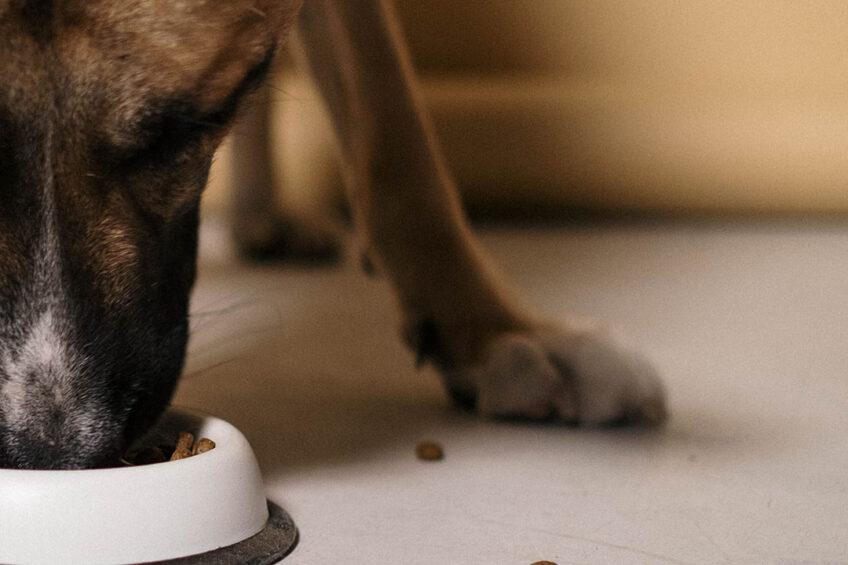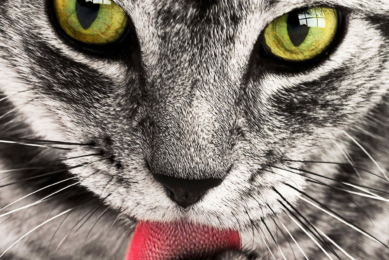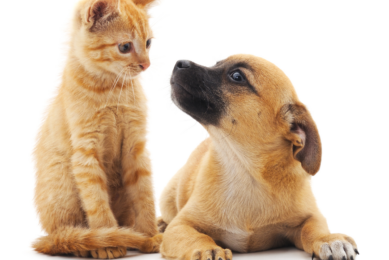Understanding influences on the palatability of pet foods

Traditional methods of testing palatability focus on the amount of food consumed, with little consideration given to why differences are observed and which ingredients are most important. This new study by researchers from Massey University of New Zealand, throw more light on what influences the palatability of pet foods.
This review discusses:
- The feeding behaviour and nutritional requirements of dogs and cats,
- The main types of pet foods currently produced,
- The present methods used for assessing palatability.
- Opportunities to use better methods to develop foods that are more palatable
- Understand the nutritional factors responsible for driving intake are also discussed.
Palatability can make of break product success
Recent reports attribute the observed growth in the pet food industry to changing market trends that have resulted in a major increase in the variety of new and innovative products. While pet food is primarily formulated to deliver complete and balanced nutrition, palatability is a crucial factor in determining the success or failure of a product in the market and the probability of repurchase.
Palatability testing
With the increasing number of pet foods available on the market, palatability is the major criterion used to measure product performance.
According to the researchers, although useful in determining which food is tastier, both consumption-based and behavioural palatability assessments are still unable to identify the specific components that drive food intake in pets. They suggested future research that would relate food intake results from palatability studies to the nutrient and textural properties driving or hindering product performance. A strong emphasis was also placed on developing a standard protocol that excludes individual animal behavioural bias and seasonal effects, as cats are reported to eat less during the winter than in summer.
Influence of form, ingredients and nutritional composition
Pet foods mainly fall into one of 3 broad categories: dry, wet, or semi-moist foods; depending on their processing method, methods of preservation and moisture content. Along with these 3 main types of diet, foods can also be formulated to be complete, balanced or complementary. Complete and balanced foods deliver all nutrients at the correct levels to pets when fed as a single food source. By contrast, complementary foods, such as pet treats and mixers, generally lack some essential nutrients and must be fed alongside another type of food to ensure that the animal’s nutrient requirements are met.
- Form of pet foods: Dry foods are often less palatable than wet foods and semi-moist foods. Wet foods, compared to dry foods, are generally more desired by cats as they reflect similar properties to meat and contain little or no cereal or carbohydrates. Palatability in semi-moist foods can vary as the ratio of dry to wet ingredients is reported to range from 4:1 to 1:1. However, this type of food has a softer texture and is more palatable than dry foods.
- Ingredients in pet foods: Although there are a wide variety of pet foods, most utilise significant quantities of animal by-products to produce value-added pet food. Although ingredients are primarily used in a blend to provide specific nutrients in diets, the researchers think examining the compositional variation in individual meat by-products may help to determine what drives food selection and preference in companion animals.
- Specific nutrients: The researchers in the current study stated that limited work has been done to identify nutrient drivers and inhibitors of palatability for cats. They suggested more research is needed to bridge the gap between identifying complete foods that are more palatable and understanding the nutritional factors that drive intake. They suggested a focus on modern analytical techniques such as metabolomics (in-depth examination of metabolites in a biological specimen) which may provide greater insight into the compounds responsible for producing the nutritional and sensory properties of key ingredients in pet food.
Macronutrients influence diet selection
While the specific minimum nutrient requirements of cats and dogs have been established, research has shown that when given the choice between diets differing in macronutrient composition, cats and dogs can select a ‘target intake’ of protein, fat and carbohydrates to achieve nutritional adequacy.
In their study published in the journal Royal Society Open Science, the researchers suggested macronutrient balancing is a key driver for longer-term food selection and intake in domestic cats.
“Our results suggest that macronutrient balancing rather than hedonistic rewards based on organoleptic properties of food is a primary driver of longer-term food selection and intake in domestic cats,” they report.
In a similar study published in the Journal of Experimental Biologyhttps://journals.biologists.com/journals, the researchers found that when fed foods with similar palatability or masked, healthy adult dogs and cats choose different macronutrient compositions. They found that, although dogs and cats make short-term food choices based on palatability, when fed food with a similar palatability, long-term food choices would be based on physiological requirements and circulating metabolite concentrations. In this study they used experimental foods with a similar palatability but which varied in macronutrient composition for healthy adult dogs and cats.
Their study highlighted that dogs and cats chose to consume a specific protein content (dogs on average 23% and cats on average 30% of calories as protein) based on factors not associated with food palatability. Overall, dogs with more fat body mass had a greater preference for dietary calories from protein, and younger dogs with less fat body mass consumed fewer calories from protein. Overall, younger cats showed a greater preference for dietary calories from protein, and younger cats with less lean body mass had a greater preference for dietary calories from protein. Older cats with moderate protein intake had lower circulating docosahexaenoic acid (DHA) concentrations, as well as higher concentrations of circulating phenylalanine and sulphated microbial catabolic products, compared to younger, leaner cats.
“Thus, in cats concentrations of circulating metabolites reflect food choices. In dogs there are no differences in selected metabolites of the macronutrient classes based on food choices,” they concluded.
Better pet food development
The researchers suggested that the use of modern techniques such as metabolomics may unlock our understanding of the factoring that influences palatability, for better and tailored pet food development.
“In the future a collective approach using traditional palatability testing methods and modern analytical testing may help to determine the optimal inclusion level of ingredients to maximise palatability and identify nutrients responsible for driving preference.”











